

Hotline:0755-22277778
Tel:0755-22277778
Mobile:13826586185(Mr.Duan)
Fax:0755-22277776
E-mail:duanlian@xianjinyuan.cn
In 2021, the term "metaverse" successfully gained popularity. The event that ignited the term "metaverse" was Facebook founder and CEO Mark Zuckerberg announcing that the company's name would be changed to Meta, derived from "metaverse", and announcing that it would focus on the development of metaverse business in the future.
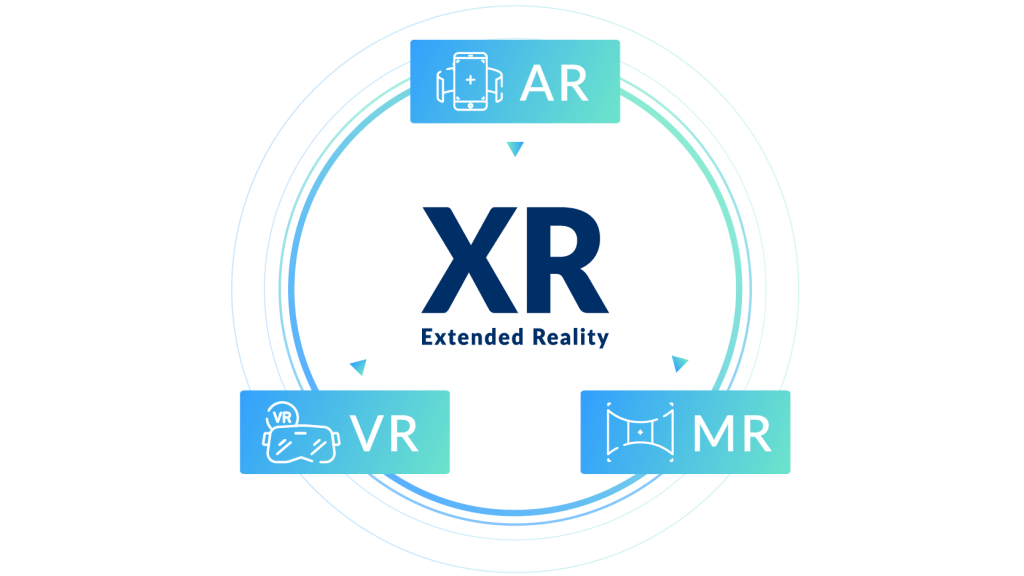
What is the Metaverse? In the words of Apple CEO Cook, it is augmented reality (AR). VR, AR, and MR can be referred to as XR Extended Reality technology. In fact, this industry has been brewing and developing for many years, with tech giants joining in in recent years. So, what exactly is VR/AR/MR?
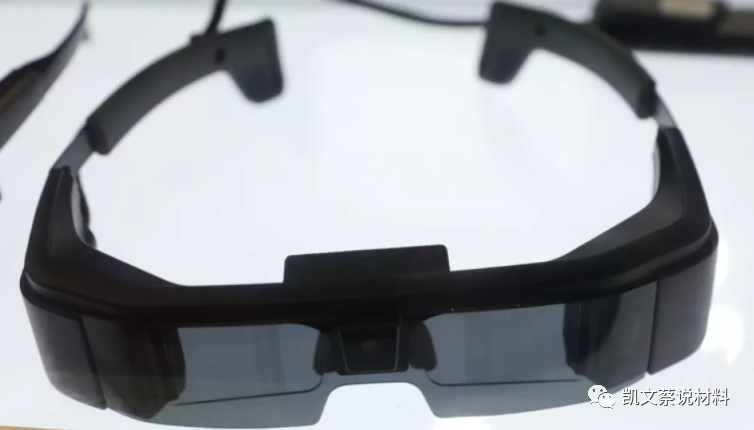
The full name of VR is Virtual Reality, which stands for Virtual Reality, also known as Lingjing Technology or Artificial Environment. It was proposed by Jaron Lanier, the founder of VPL in the United States, in the early 1980s. It is a technology that comprehensively utilizes computer graphics systems and various interface devices such as reality and control to provide immersive feelings in an interactive 3D environment generated on a computer.
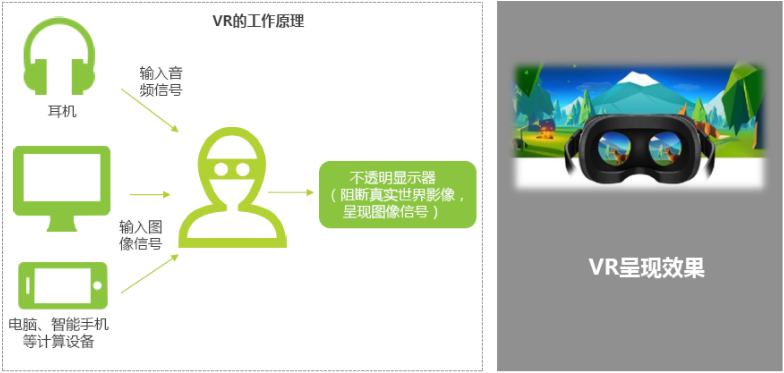
The working principle of VR, source network
Virtual reality is the use of computer simulation to create a three-dimensional virtual world, providing users with simulations of their senses such as vision, hearing, and touch, allowing them to observe things in three-dimensional space as if they were physically present, in a timely and unrestricted manner.
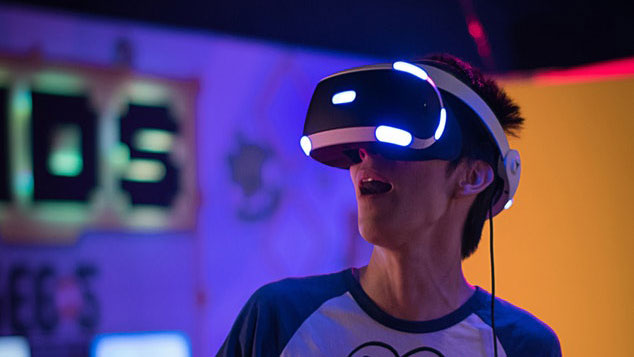
Image source network
VR is not unfamiliar to us. In addition to the proliferation of VR (virtual reality) experience venues with a strong sense of technology in major shopping malls, immersive virtual tourism launched by tourist attractions in recent years has also become one of the common application scenarios of VR.
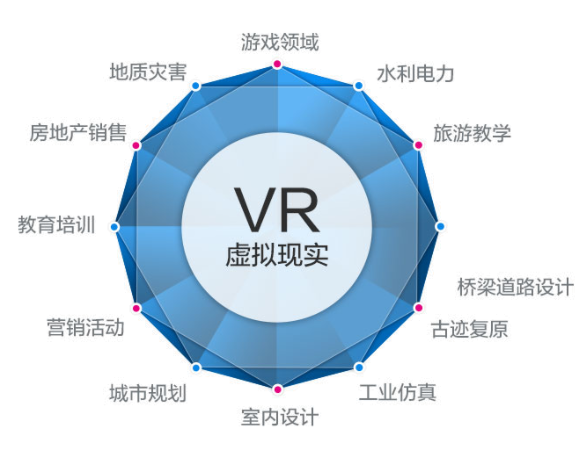
Application areas of VR
AR, also known as Augmented Reality, is a technology that calculates the position and angle of camera images in real time and adds corresponding images. This technology can overlay the virtual world on the real world through holographic projection on the display screen of the lens, and the operator can interact with it through the device. This technology was first proposed in 1990, and with the improvement of the computing power of portable electronic products, the use of augmented reality has become increasingly widespread.
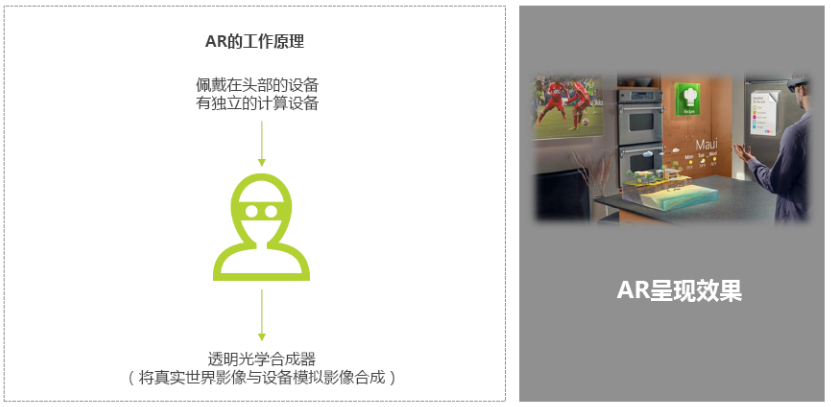
The working principle of AR, source network
AR uses device recognition to overlay virtual information on a specific location based on the identified object, and displays it on the device screen, achieving a combination of virtual and real elements and real-time interaction. AR technology can be applied to holographic AR navigation, retail of goods, healthcare, film and entertainment, and more.
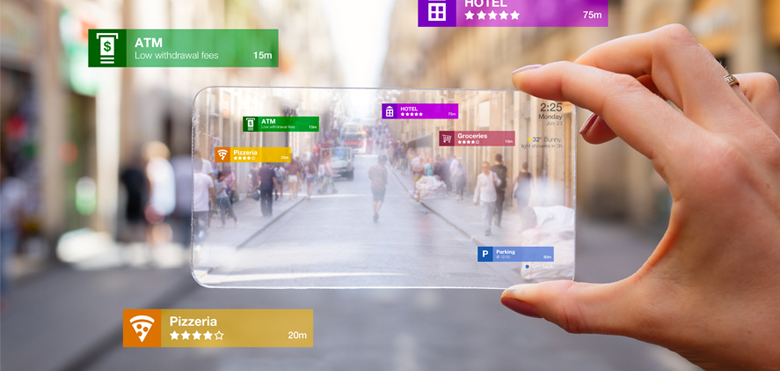
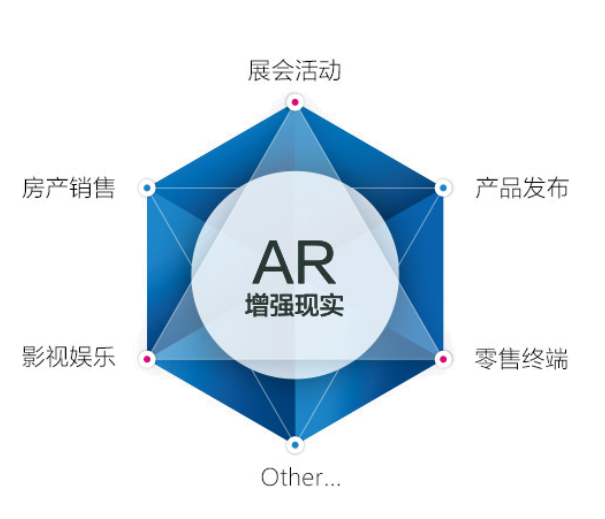
Application areas of AR
MR stands for Mixed Reality, which is a further development of virtual reality technology. MR technology includes augmented reality and augmented virtuality. By introducing real-world scene information into the virtual environment, MR builds an interactive feedback information loop between the virtual world, the real world, and the user to enhance the realism of the user experience.
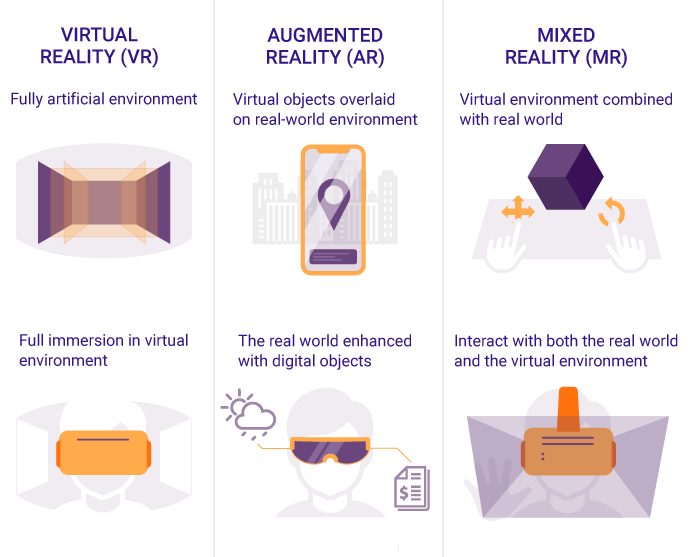
Image VR/AR/MR, Image Source Network
Simply put, it is the fusion of AR and VR, usually paired with a head mounted display, but what the user sees is the real environment, and additional virtual objects are stacked. Although MR and AR are very similar, they emphasize more on the mixture of reality and virtuality.

Advanced Institute (Shenzhen) Technology Co., Ltd, © two thousand and twenty-onewww.avanzado.cn. All rights reservedGuangdong ICP No. 2021051947-1 © two thousand and twenty-onewww.xianjinyuan.cn. All rights reservedGuangdong ICP No. 2021051947-2